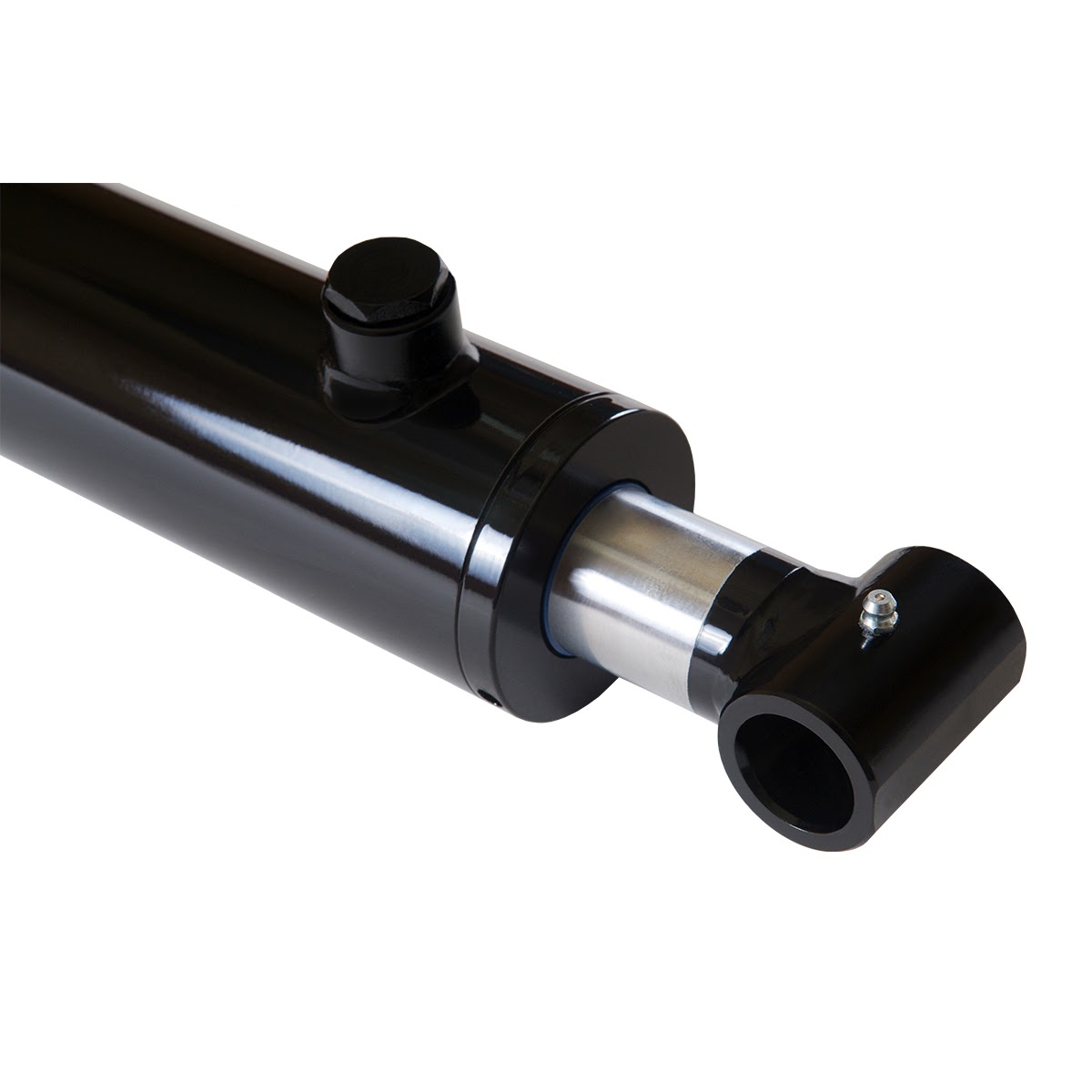Drift Causes of Hydraulic Cylinder
Indeed, the hydraulic system can have its challenges. When the hydraulic system has quit working, the primary thing that you should do is to check its hoses get connected properly as well as that its couplings engage in the manner they should.
At this point, if issues occur, hydraulic drift – explicitly, hydraulic cylinder drift – is commonly the culprit. It is actually the consequence of imbalance pressure made by inside leakage in a cylinder through the piston.
How drift of hydraulic cylinder occurs
The liquid flows from the piston from one side towards the other, making unevenness. The cylinder gets locked hydraulically when the seal of the rod leaks because of pressure all over the piston equalizing. This imbalance is the actual reason, which causes drift to either retract or extend position, incapable of holding a weight at the mid-stroke level. Occasionally, hydraulic liquid contaminated with grit, dirt, air, or water is the reason behind a hydraulic drift. Once this occurs, you begin to look for the possibility of sealing surfaces or damaged seals. Excessive heat is another reason for the cylinder drift. When the heat develops in the system, the seal has to undergo extra wear, hardening rashly, and becoming stiff. Make sure to utilize the right seal and keep working conditions in the range of recommended temperatures.
Why does the drift of a hydraulic cylinder matter?
Movements of liquid become irregular and start and stop unexpectedly. You can easily imagine the severe security risks this makes. There is another threat which is the failure of a cylinder, caused due to weight put over one part of the hydraulic cylinder. When the drifting happens, you realize that the hydraulic cylinder is not performing effectively or as expected. The failure of equipment is expensive, so keep yourself updated on the situation.
Stage 1: Understanding the physics
This will assist you in troubleshooting in a more effective way. Here are the physics basics of drift:
➢ If a cylinder spool or closed-to-actuator spool blocks a twofold-acting hydraulic cylinder service port and the seal of the piston does bypass, the weight will expand on every side of the piston.
➞ Remember, it happens when a hydraulic cylinder lock and drift draw up to a standstill. That is until liquid can leak from a cylinder or the circuit of a cylinder.
➢ For supporting a similar load (burden), the static burden in the hydraulic cylinder requires to increase.
➞ It is due to pressure working on the annulus area of the rod because of pressure, put on through a loss in the effective region.
➞ For instance: suppose the load put pressure on the piston side of the cylinder is about 2, 000 PSI, when a DCV (directional control valve) is focused over the rod, it’s zero. Presuming there is no leakage happens behind the spool, based on the ratio of areas, an equalized pressure might be 3,000 PSI.
➞ Let’s suppose now that the relief valve service port of the circuit has been established on 2,500 PSI. Here the pressure starts to equalize itself over the seal of the piston.
➞ A static pressure over the piston side of the cylinder will rise, reaching the relief port’s cracking pressure.
➞ When this occurs, a cylinder drifts downwards.
Stage 2: Troubleshooting
Given the idea of how cylinder drift happens, you’ll acknowledge why the pressure gauge becomes useful in diagnosing a cause. You ought to troubleshoot utilizing pressure testing in controlled conditions.
Piston seal leakage
Even if this occurs, you may not regard it as the basic cause of hydraulic drift. If you have flawless ports and the hydraulic cylinder is loaded with hydraulic oil, then the cylinder will keep up the load without any difficulty. That happens until a leak occurs at the seal of the rod.
The leak of the Rod seal
When a rod seal does not intact, at that point expect the opposite pressure vacuum over the piston to disperse. When that occurs, the rod will quit working because of equalizing pressure all through the cylinder.
Readings of pressure gauge
If you want to know about the leakage then you should use a pressure gauge over your cylinder. The hydraulic liquid leak decreases the effective area of a cylinder. As pressure increases over a rod side, so, as well, should the pressure over the piston area. This will make sure a similar burden is maintained.
To compute an equalization pressure, denote the pressure at the piston side before the leakage compared across the Rod side’s pressure. To better know about this, let’s assume the rod pressure is a zero PSI. The pressure is about 2000 PSI over the piston area. Then the equalization will set 3000 PSI.
When you obtain equalization, further drift stops and hydraulic cylinder lock from occurring again, until more hydraulic liquid leaks happen. Remember: some relief port valves protect the cylinder to reach equal pressure. It is because of setting the lower level of pressure. So with the example, we just say, hydraulic cylinder drift will continue when the whole pressure reaches 2500 PSI.
See, if the cylinder drifts;
The LVC or DCV can be the issue if, over the piston seal, it may be a lack of equalization pressure.
Preventing the hydraulic drift
The best options for you:
➢ Always use the hydraulic cylinder which is of good quality.
➢ Must use Quality seals.
➢ Undertake consistent care of your hydraulic cylinder. Examine the rod, observing for rust. Keep the oil unpolluted – the breather caps of high quality keep your oil clean from particle contamination and moisture.
➢ Service the accessories. This contains components like ball joints, rod eyes, or other connections. If you are not maintaining these constituents, they can lead to misalignment and equipment failure.


